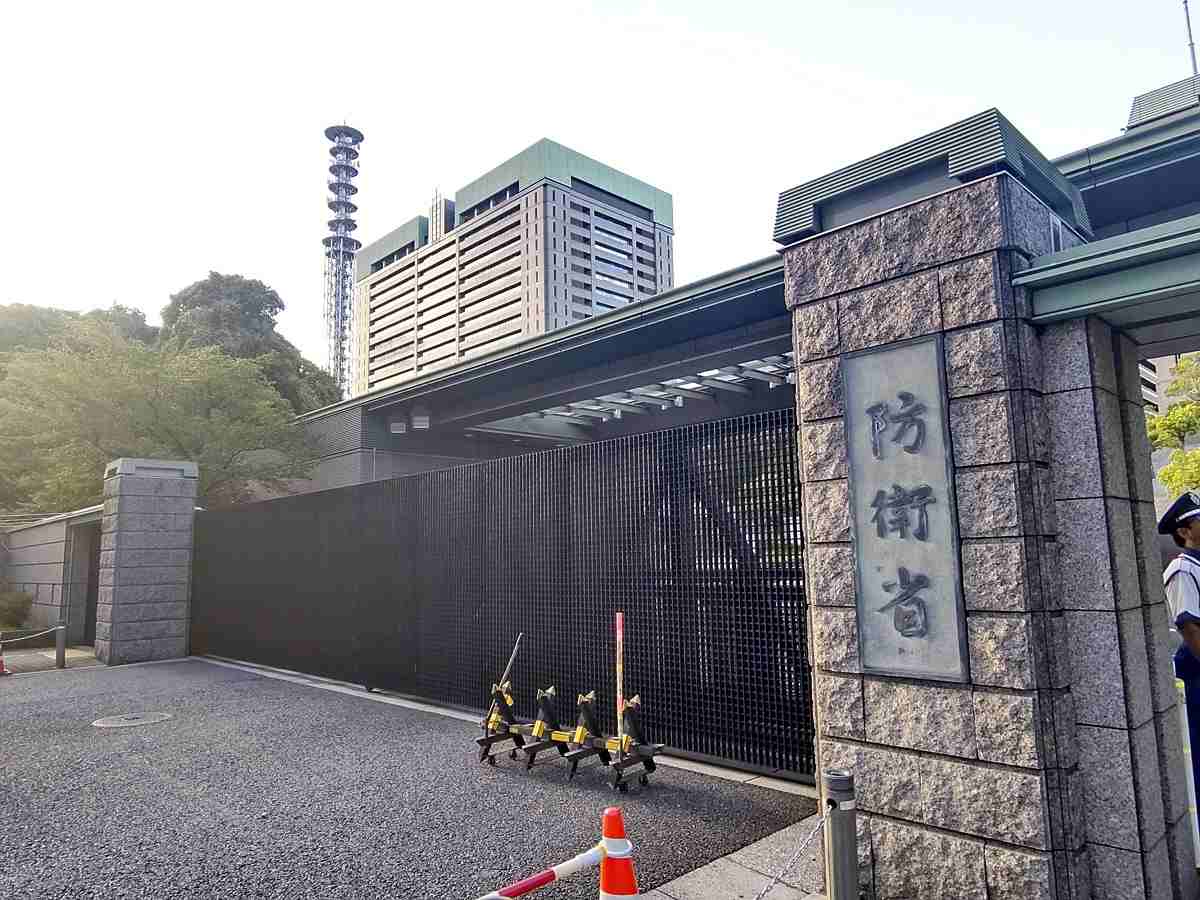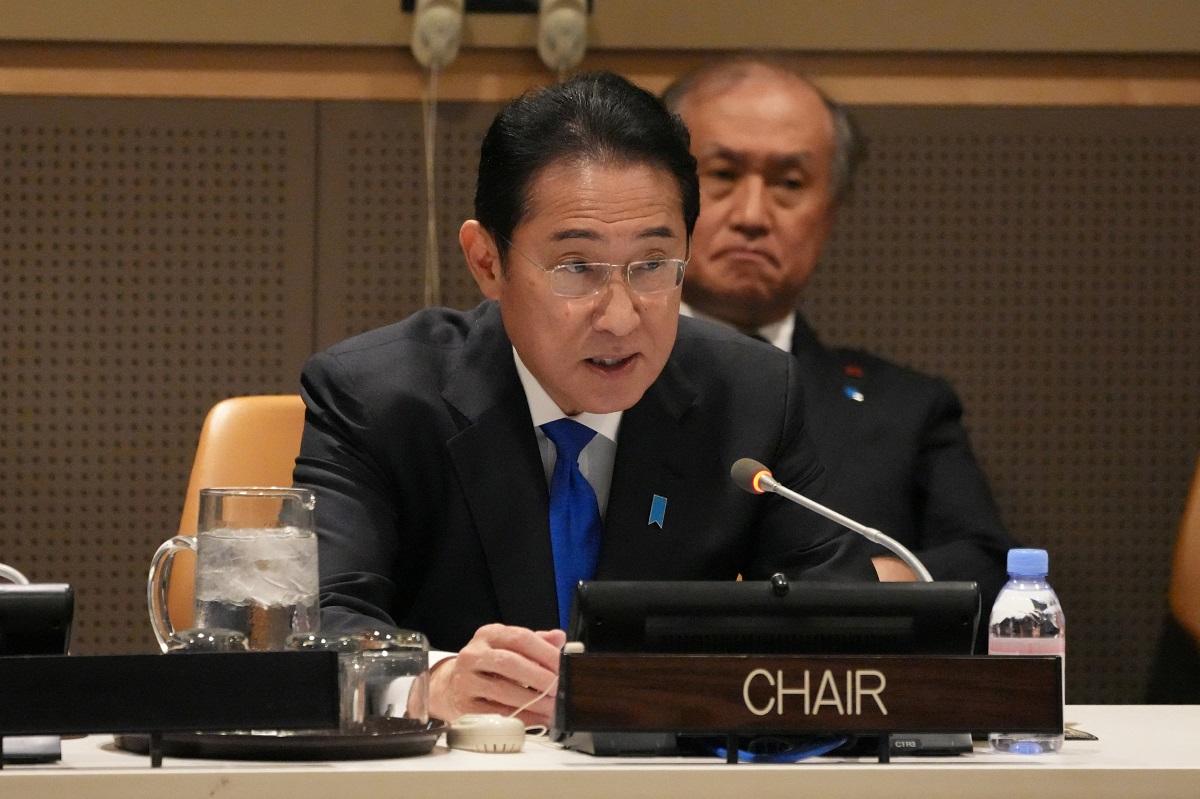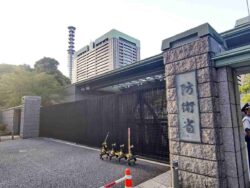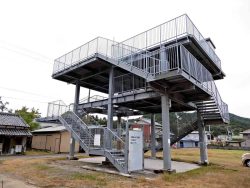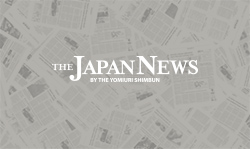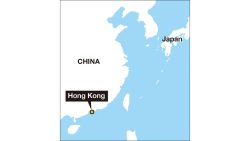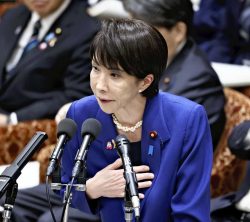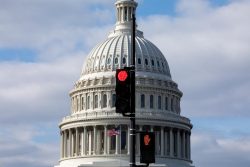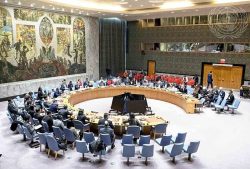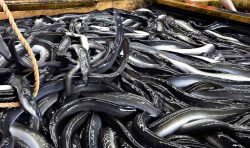Japan Fires Flares to Warn Russian Plane Violating Airspace; 1st Use of Flares in Response to Airspace Violation

A Russian IL-38 military patrol plane that violated Japanese airspace on Monday
15:07 JST, September 24, 2024
The Air Self-Defense Force launched flares on Monday to warn a Russian military patrol aircraft that had violated Japan’s airspace, the first time the ASDF has used flares as a warning against an airspace violation, according to the Defense Ministry.
The Defense Ministry announced Monday that a Russian IL-38 aircraft violated Japan’s airspace to the north of Rebun Island in Hokkaido three times on Monday afternoon.
In response, the ASDF scrambled its fighter jets and launched flares, which put off strong light and heat, as a warning to the Russian plane.
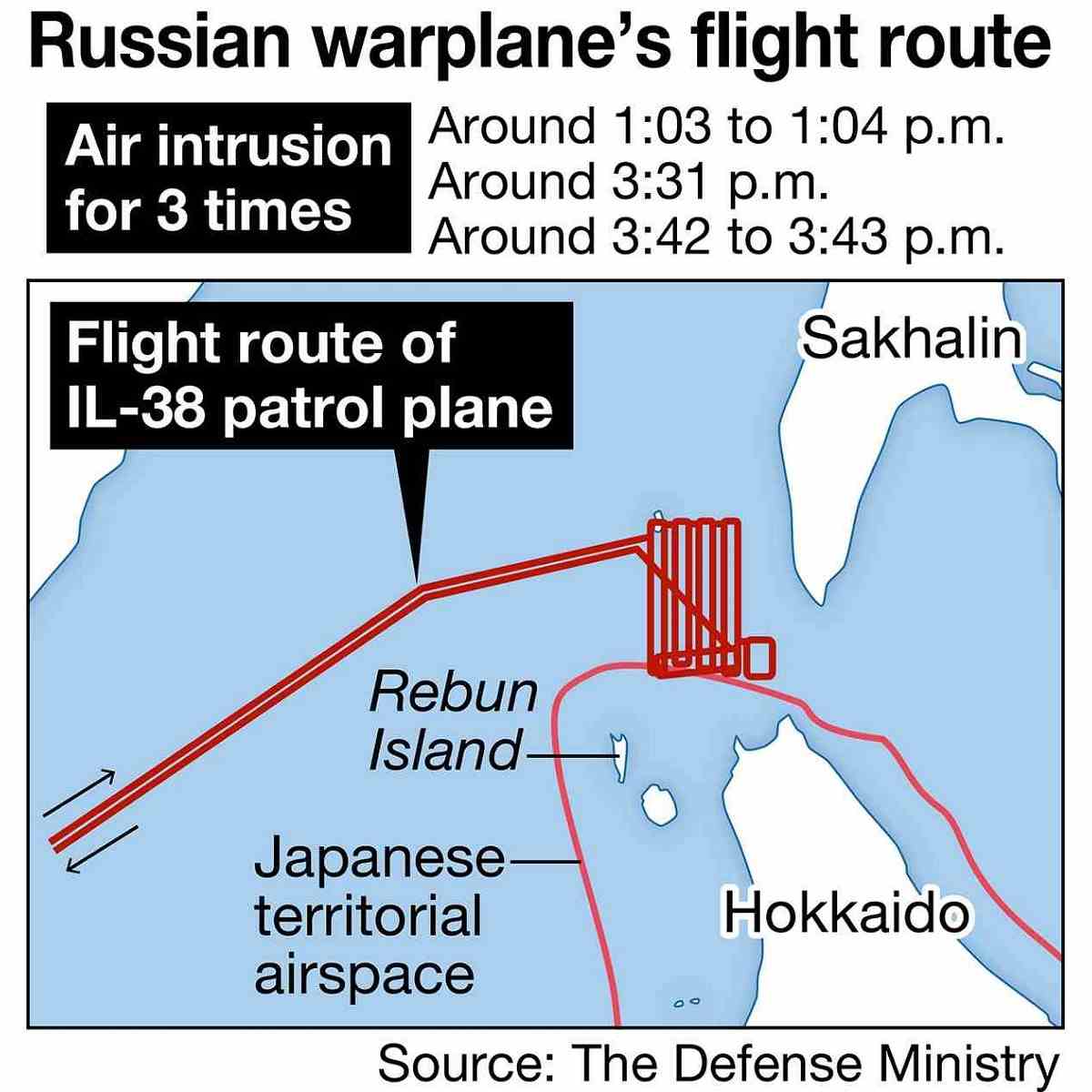
The Japanese government lodged a protest with the Russian government over the incident.
According to the ministry, the Russian plane flew in several north-south loops in airspace to the north of Rebun Island and violated Japan’s airspace for about a minute around 1:03 p.m.
The Russian plane then intruded twice more into Japanese airspace, for 30 seconds from around 3:31 p.m. and for about one minute from 3:42 p.m. to 3:43 p.m.
The ASDF dispatched F-15 and F-35 fighter jets and the pilots repeatedly warned the Russian plane not to enter Japanese airspace via radio.
But the Russian aircraft did not follow instructions and intruded into Japan’s airspace for a third time, causing one of the ASDF fighters to launch flares.
Aircraft primarily use flares to avoid being hit by missiles, but the devices are also used to warn hostile aircraft.
Around 5:50 p.m. on the day, the Russian plane left the airspace near Rebun Island and headed toward the continent.
In 1987, when a Soviet military plane intruded into Japanese airspace near Okinawa Island, an ASDF fighter warned the plane by shooting off tracer bullets, which give off a strong light.
ASDF units decide whether to use tracer bullets or flares depending on the situation. The Defense Ministry said neither constitute use of a weapon.
This was the 44th violation of Japan’s airspace by the military aircraft of the Soviet Union or Russian Federation, including aircraft that were presumed to have been from the countries.
"Politics" POPULAR ARTICLE
-

Japan to Support Central Asian Logistics Route That Bypasses Russia, Plan to Be Part of Upcoming Summit in Tokyo
-

Japan to Tighten Screening of Foreigners’ Residential Status by Providing Information of Nonpayment of Taxes
-
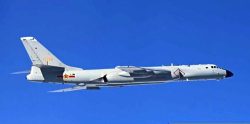
Chinese, Russian Bombers Flew Unusual Path by Heading Toward Tokyo; Move Likely Meant to Intimidate Japan
-

Japan Plans National Database to Track Foreign Ownership of Real Estate, Land as It Weighs New Rules
-

Up to 199,000 Deaths Estimated From Mega-Tsunami; Most Recent Occurrence Took Place in 17th Century
JN ACCESS RANKING
-
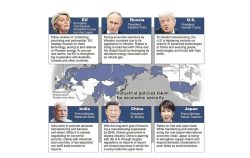
Tokyo Economic Security Forum to Hold Inaugural Meeting Amid Tense Global Environment
-

Keidanren Chairman Yoshinobu Tsutsui Visits Kashiwazaki-Kariwa Nuclear Power Plant; Inspects New Emergency Safety System
-
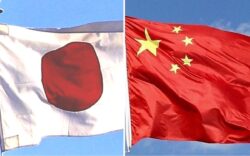
Imports of Rare Earths from China Facing Delays, May Be Caused by Deterioration of Japan-China Relations
-

University of Tokyo Professor Discusses Japanese Economic Security in Interview Ahead of Forum
-
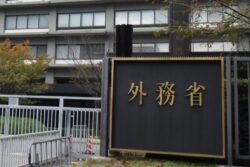
Japan Pulls out of Vietnam Nuclear Project, Complicating Hanoi’s Power Plans
